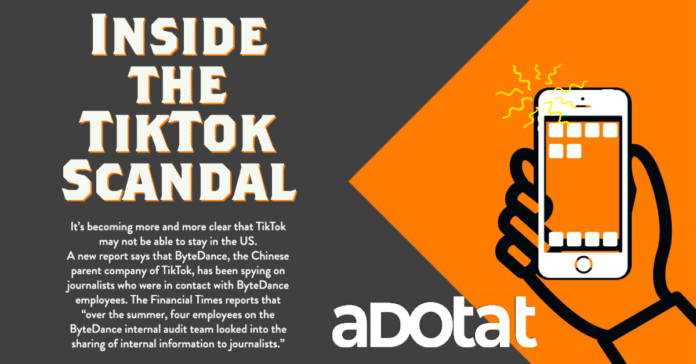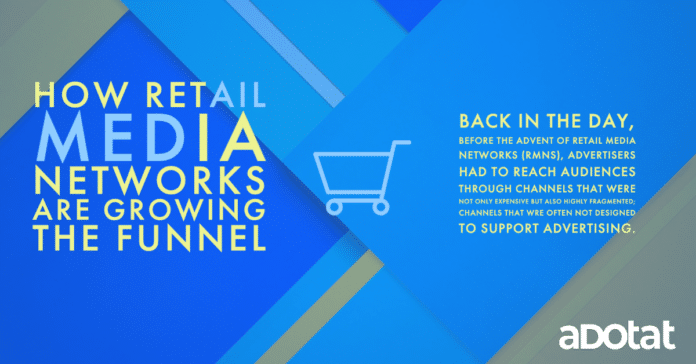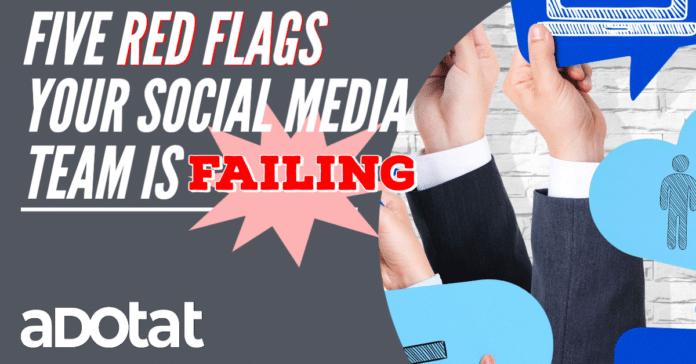It’s becoming more and more clear that TikTok may not be able to stay in the US.
A new report says that ByteDance, the Chinese parent company of TikTok, has been spying on journalists who were in contact with ByteDance employees. The Financial Times reports that “over the summer, four employees on the ByteDance internal audit team looked into the sharing of internal information to journalists.”
Two of those employees were based in China and two were based in the US.
They used IP addresses and other personal data to track down journalists they believed were talking to ByteDance staff members.
The FT says that a BuzzFeed journalist and several users connected to those journalists through their TikTok accounts were also targeted by ByteDance during its investigation.
TikTok appears to be caught in a lie.
The social media app, which is currently under investigation by the U.S. Committee for Foreign Investment (CFIUS) for its potential linkage to Chinese Communist Party (CCP), has repeatedly pledged that US user information is not being shared with China-based staff.
But now it’s come out that TikTok has indeed been sharing internal data with Chinese employees, despite promising not to do so.
And this is a pretty serious violation of user privacy, as well as running counter to press freedom and in opposition to many public statements that TikTok has made about how its US-based staff access user information.
It’s also worth noting what the company’s COO Vanessa Pappas testified before the Senate Homeland Security Committee: that TikTok has “a series of robust cybersecurity controls and authorization approval protocols” in place to limit internal data access while they continue working on more advanced data protections:
“Our goal is to ensure non US-based employees, including China-based employees, will only have access to a narrow set of TikTok US user data
The U.S. Federal Communications Commission (FCC) has warned that China’s TikTok app could face a similar fate to the one India set for it in 2019, as the regulator projects that the Chinese giant ByteDance could be banned in the U.S.
In an interview with the Indian daily Economic Times, FCC commissioner Brendan Carr said he was worried that TikTok “operates as a sophisticated surveillance tool” and told the Indian daily Economic Times that banning the social app is a “natural next step in our efforts to secure communication network.
Carr said he fears that China could use sensitive and non-public information gleaned from TikTok for “blackmail, espionage, foreign influence campaigns” or surveillance.
Louisiana’s top education official has banned the popular TikTok app from all publicly-funded devices.
Cade Brumley, the state superintendent of education, issued a directive on Monday morning to “immediately remove TikTok or any other applications developed by ByteDance Limited from any publicly-funded devices.”
Brumley also recommended that the app be eliminated as a communication outlet for school systems and schools including co-curricular clubs, extracurricular organizations and sports teams.
The move comes after Louisiana’s governor and secretary of state both banned the Chinese company from any devices issued by their respective agencies.
The head of the FBI, Christopher Wray, has expressed some concerns about the Chinese government’s access to the information it collects from American citizens.
“All of these things are in the hands of a government that doesn’t share our values,” he told an audience at the University of Michigan’s Gerald R. Ford School of Public Policy. “That should concern us.”
Congressman Mike Gallagher (R-Wis.) says that the sale of TikTok, a popular video-sharing app, to an American company is potentially a “workable solution” addressing his concerns about national security.
Just last month, Gallagher introduced a bill with fellow Republican Sen. Marco Rubio (Fla.) and Rep. Raja Krishnamoorthi (D-Ill.) that would ban the app in the United States outright because of concerns about national security and Chinese government influence over content moderation on the platform.
Gallagher, a former co-chair of the Cyberspace Solarium Commission, has been touted as the potential leader of a new select committee in the 118th Congress focusing on U.S. competition with China and has been outspoken in his criticism of ByteDance’s decision to sell TikTok to Bytedance USA Inc., which he said would give Chinese officials access to Americans’ data and other information without safeguards against censorship or manipulation of content by Beijing.
In a statement to NBC News, TikTok said there is “zero truth” to Rep. Mike Gallagher’s comments that the Chinese Communist Party has control over ByteDance and TikTok.
ByteDance, which owns TikTok, is “a successful American technology company,” according to the statement from a spokesperson for the app.
The spokesperson added that ByteDance has “no relationship with any political party or government.”





















